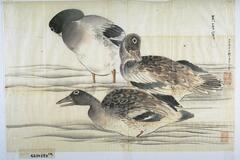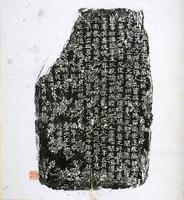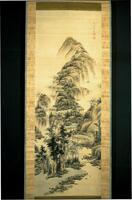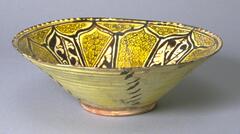325 UMMA Objects
325 UMMA Objects

Torii Kiyonobu
Beauty
1925 – 1935
Museum purchase made possible by the Margaret Watson Parker Art Collection Fund
1986/1.160

Mori Tetsuzan (Tessan)
A Pair of Camels
1800 – 1849
Museum purchase made possible by the Margaret Watson Parker Art Collection Fund
1986/1.164

Nishiyama Kan'ei
Cherry Branches
1850 – 1899
Museum purchase made possible by the Margaret Watson Parker Art Collection Fund
1990/1.192

Nishiyama Kan'ei
Ducks
1884
Museum purchase made possible by the Margaret Watson Parker Art Collection Fund
1990/1.198

Nishiyama Kan'ei
Bird on Camellia Branch
1850 – 1899
Museum purchase made possible by the Margaret Watson Parker Art Collection Fund
1990/1.205

Nishiyama Kan'ei
Birds on Camellia Branch
1850 – 1899
Museum purchase made possible by the Margaret Watson Parker Art Collection Fund
1990/1.207

Chinese (Chinese (culture or style))
Stele from Madame Wang's Tomb: 20th century rubbing of a Sui Dynasty tomb slab
20th century
Museum Purchase made possible by the Margaret Watson Parker Art Collection Fund
1991/1.121

Nakabayashi Chikutō
Mountain Landscape in Summer
1800 – 1849
Museum purchase made possible by the Margaret Watson Parker Art Collection Fund
1982/2.56

Ikeno Taiga;Ikeno Gyokuran
Mountain Landscape
1725 – 1775
Museum purchase made possible by the Margaret Watson Parker Art Collection Fund
1983/1.354

1100 – 1299
Museum purchase made possible by the Margaret Watson Parker Art Collection Fund
1961/1.182

Iranian (Iranian)
Shallow bowl with stylized floral medallion
1000 – 1199
Museum purchase made possible by the Margaret Watson Parker Art Collection Fund
1961/1.183

Iranian (Iranian)
Deep bowl with vegetal and calligraphic designs
10th century
Museum purchase made possible by the Margaret Watson Parker Art Collection Fund
1961/1.185
Loading…
